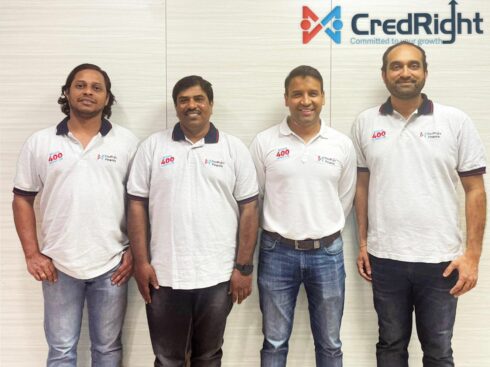
SUMMARY
MSMEs alone confront a credit gap of approximately $230 Bn
Digital lending has emerged as the go-to solution for addressing such voluminous needs in the market
Digital lending was among the most impacted by the Supreme Court‘s ruling on eKYC
Digital lending companies use technology to originate, underwrite and disburse loans effectively to end-users. In an emerging digital economy like India, this form of lending is undertaken by fintech companies. By lending from their balance sheets or by co-lending with banks and NBFCS, fintech companies are able to efficiently address the sizable demand for credit across various industries.
For example, MSMEs alone confront a credit gap of approximately $230 Bn. Digital lending has emerged as the go-to solution for addressing such voluminous needs in the market.
There were a number of reports that were released during last year that showcased the accelerating pace at which the industry has grown over the four-five years. The Omidyar-BCG report “Credit Disrupted: Digital MSME Lending in India” now estimates this sector to disburse close to $100 Bn a year by 2023.
Additionally, the report stated that 77% of MSMEs they surveyed said they are comfortable sharing data digitally, 75% with filling out an online application and 57% with giving lenders access to account statements online.
Despite the immense potential of the sector, 2018 was a turbulent year for digital lenders in India. The year saw a major shift in how the industry conducted its business. There were three big events that had a significant impact on the sector:
eKYC
Digital lending was among the most impacted by the Supreme Court‘s ruling on eKYC. Startups, NBFCs & Banks had significantly invested in Technology around Aadhar to create an unprecedented borrower experience. Organizations like India Stack, UIDAI had provided a strong infrastructure base and digital lenders had built powerful algorithms/models that had made lending an over-the-counter activity.
The Supreme Court ruling has made Fintech companies rethink their approach, wherein these companies will strive to maintain the exceptional customer experience and low turn-around-times while not leveraging eKYC. Alternate means would need to be developed to retain the benefits offered by eSign and eNACH to customers and Fintechs.
Liquidity Concern
As Digital Lenders grew, so did their funding requirements. The NBFC liquidity crunch towards the end of 2018 dealt a severe blow to the sector’s growth trajectory. The overnight paucity of funds had an impact on not only the lenders’ plans for expansion but also the partners who had been relying on digital lenders to fuel their own growth.
This event provided a stark reminder to the industry that while technology will change lending, digital lenders should never lose sight of basic tenants of lending and treasury management.
Co-Origination Guidelines
One of the bigger highlights of the year 2018 was RBI release of the co-origination guidelines that allow banks & NBFCs to lend together. This regulation now allowed for banks to increase their loan book at a much lower OPEX. By releasing the regulation, RBI has allowed for digital lenders to be a medium through which money can be channelled to borrowers.
Looking Forward
The above-mentioned events are going to shape the industry. As data protection takes centre stage, digital lenders will need to ensure that their systems are robust to comply with the regulations put forth by the likes of Data Empowerment and Regulation Architecture.
The silver lining of the co-origination guidelines now provides digital lenders with a prudent way to manage liquidity and build a liability strategy that will ensure that disbursals will continue to flow.


























